Chili Chronicles: A Spicy Journey from Seed to Supper
The story of chili peppers is a tale of heat, history, and human migration — one that has warmed our taste buds for thousands of years. But where did this fiery flavor really come from? Let’s take a deep dive into the sizzling saga of the chili pepper.
Table of Contents
- The Origin Story: How Chili Peppers Got Their Spark
- A Global Spice Rush: From the Americas to Every Kitchen
- Pepper Parade: A Roster of Heat and Flavor
- Cooking with Chili: Tips, Tricks, and Tasty Secrets
- Hot Health: Benefits of Going Spicy
- Spice in Culture: More Than Just a Flavor
- Fun Facts to Heat Up Your Dinner Party
The Origin Story: How Chili Peppers Got Their Spark
Long before your local grocery store started selling habanero salsa, chili peppers were growing wild in South America. Archaeological evidence suggests that chilies were first domesticated over 6,000 years ago in what is now modern-day Mexico and parts of Peru.
Unlike other crops like corn or beans, chilies didn’t require much cultivation to be useful — their natural spiciness made them resistant to pests and perfect for storage. Early humans quickly realized that these little pods weren’t just edible; they were delicious (and a little addictive).
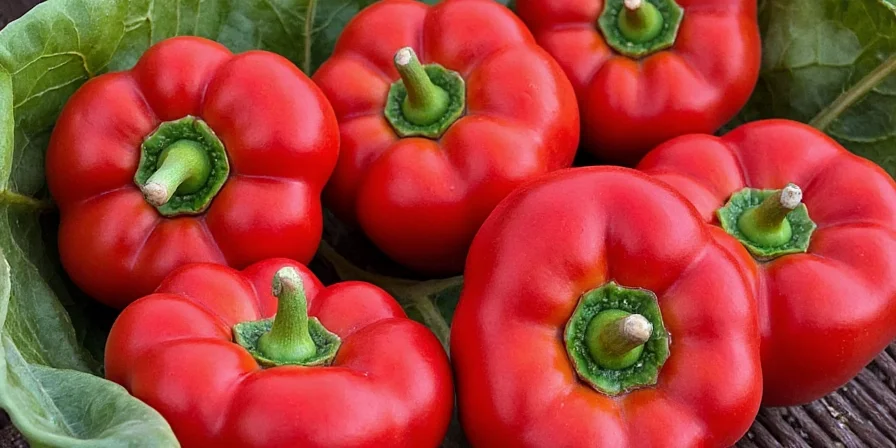
| Feature | Description |
|---|---|
| Scientific Name | Capsicum spp. |
| Domestication Date | ~6,000–9,000 years ago |
| Original Region | Central and South America |
| Key Trait | Natural pest resistance due to capsaicin |
A Global Spice Rush: From the Americas to Every Kitchen
It wasn’t until Christopher Columbus sailed the ocean blue in 1492 that the world got a taste of chili heat. Though he was looking for black pepper (Piper nigrum), he found Capsicum and brought it back to Europe. From there, chili peppers spread like wildfire across the globe.
Within decades, chilies had made their way to Africa, India, China, and Southeast Asia — regions that would soon become known for their love of spice. Today, countries like India, Thailand, and Mexico are synonymous with chili-laced cuisine.
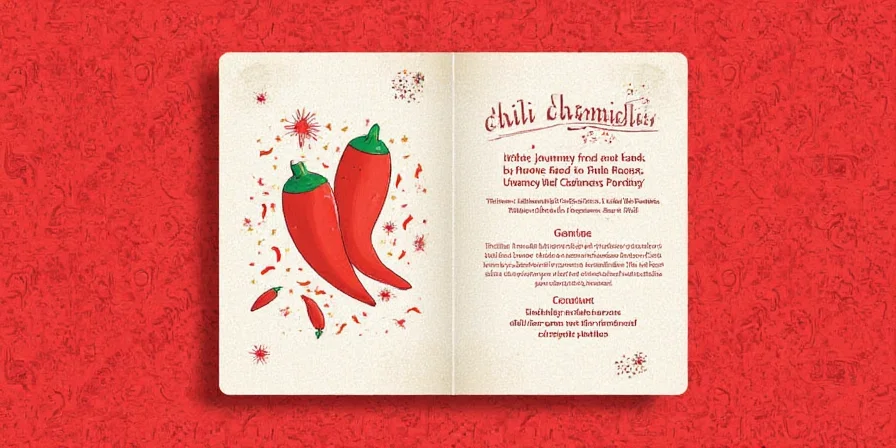
Pepper Parade: A Roster of Heat and Flavor
There are five main species of domesticated chili peppers, each with its own personality:
- Capsicum annuum – Bell peppers, jalapeños, poblanos
- Capsicum frutescens – Tabasco peppers
- Capsicum chinense – Habaneros, ghost peppers, scotch bonnets
- Capsicum pubescens – Rocoto peppers
- Capsicum baccatum – Aji peppers
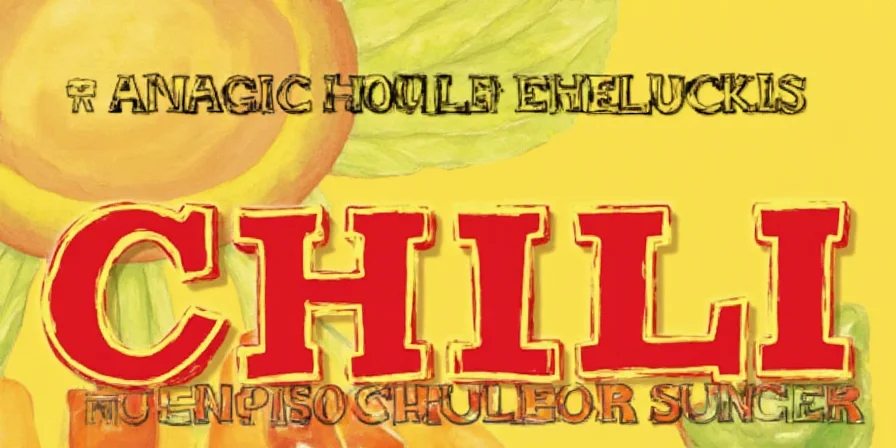
| Pepper Type | Scoville Heat Units (SHU) | Common Use |
|---|---|---|
| Bell Pepper | 0 SHU | Salads, stuffing |
| Jalapeño | 2,500 – 8,000 SHU | Salsas, nachos |
| Habanero | 100,000 – 350,000 SHU | Hot sauces, Caribbean dishes |
| Ghost Pepper (Bhut Jolokia) | Over 1,000,000 SHU | Challenge eating, extreme heat recipes |
Cooking with Chili: Tips, Tricks, and Tasty Secrets
If you’re ready to bring some heat to your kitchen, here are some pro tips to handle the fire:
- Use gloves! Capsaicin sticks to skin and can burn eyes and nose.
- Toast dried chilies for deeper flavor before grinding.
- Remove seeds if you want less heat — most of the spice lives in the placenta and seeds.
- Dairy helps! Milk, yogurt, or sour cream will calm the burn.
- Balance is key: Sweetness (like honey or brown sugar) or acid (like lime or vinegar) can tame the heat beautifully.
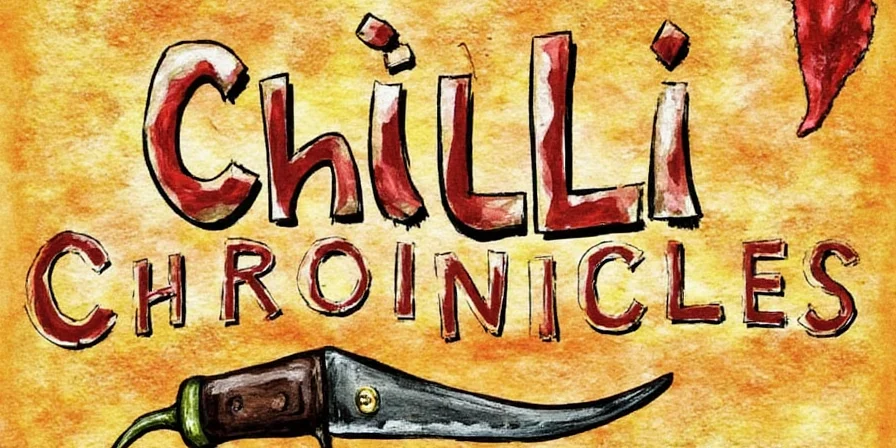
Hot Health: Benefits of Going Spicy
Spice lovers aren’t just thrill seekers — they might also be onto something health-wise. Chilies have been linked to several surprising benefits:
- Pain relief: Capsaicin is used in topical creams to treat pain and inflammation.
- Metabolism boost: Studies show spicy foods can increase metabolic rate temporarily.
- Heart health: Capsaicin may help lower cholesterol and improve blood circulation.
- Antioxidants galore: Chilies are rich in vitamins A and C, especially when fresh.
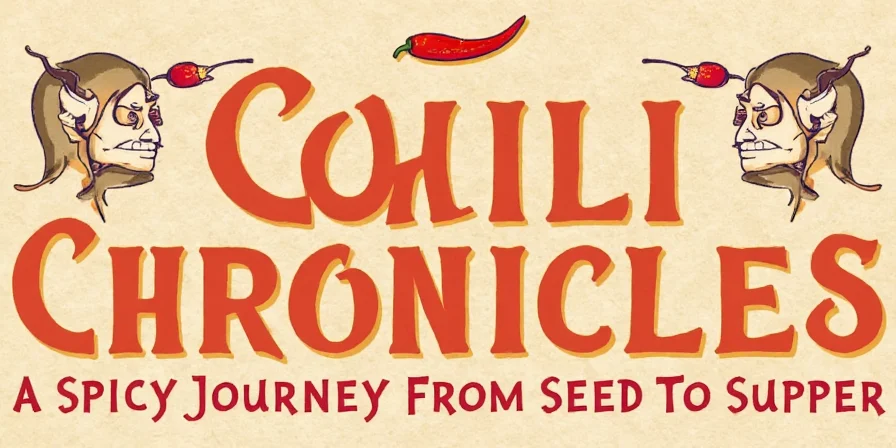
Spice in Culture: More Than Just a Flavor
Chilies are not just about heat — they’ve shaped entire cultures and traditions. In many societies, chili peppers symbolize vitality, protection, and even spiritual power.
- In Mexican culture, chilies are central to celebrations like Día de los Muertos, often used in offerings.
- In China, red chilies are hung during Lunar New Year as symbols of good luck and prosperity.
- In India, dried chilies are tossed into fires to ward off evil spirits during weddings.
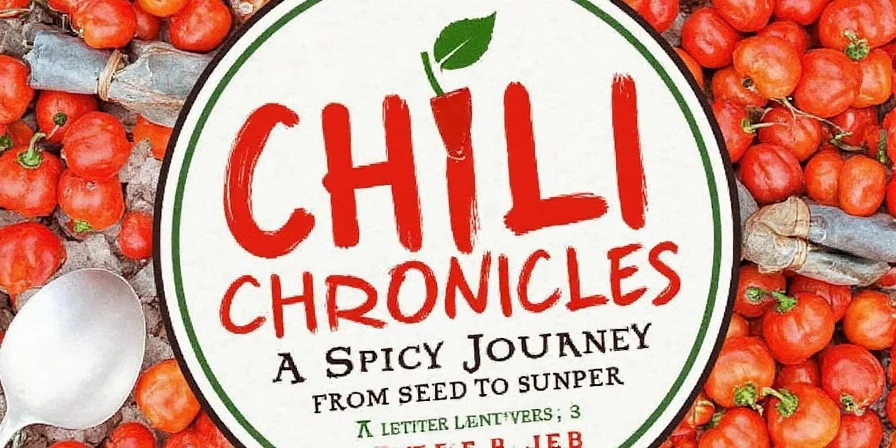
Fun Facts to Heat Up Your Dinner Party
You know how to cook with chilies, but here are some quirky tidbits to impress your guests:
- Chilies don’t technically “burn” you — they trigger a pain response by tricking your brain into thinking you're hot.
- Some birds eat chilies without feeling any heat — their receptors don't respond to capsaicin.
- Chili oil left on countertops can stain and linger with scent for weeks — clean thoroughly after use!
- The word “chili” comes from the Nahuatl language (spoken by the Aztecs): “chīlli” means “pepper.”
- The current hottest chili in the world is the Carolina Reaper, measuring over 1.5 million SHU!
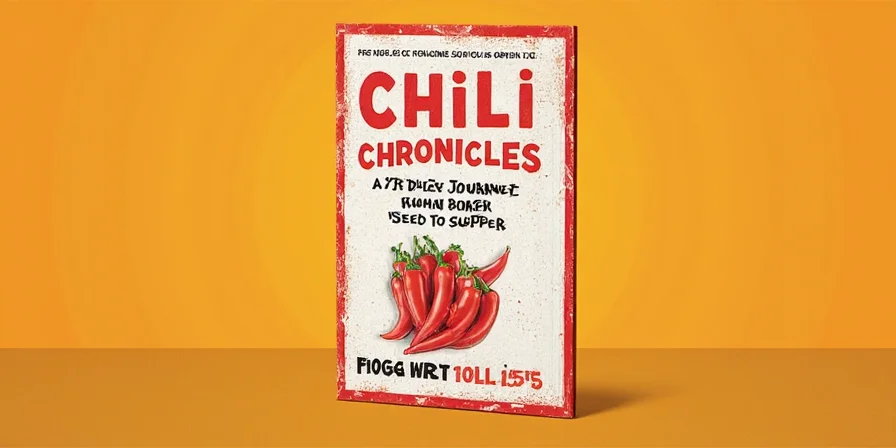
Conclusion: The Fire Never Dies
From ancient Amazonian forests to the fiery curries of Bangkok and the smoky mole sauces of Oaxaca, chili peppers have woven themselves into the fabric of human civilization. Whether you crave the mild warmth of a poblano or the nuclear punch of a ghost pepper, one thing’s clear: chili isn’t just a spice — it’s a legacy.
So next time you take a bite of that chili-laced dish, remember — you’re tasting centuries of history, geography, and culture. Stay curious, stay spicy, and never forget where the heat came from.
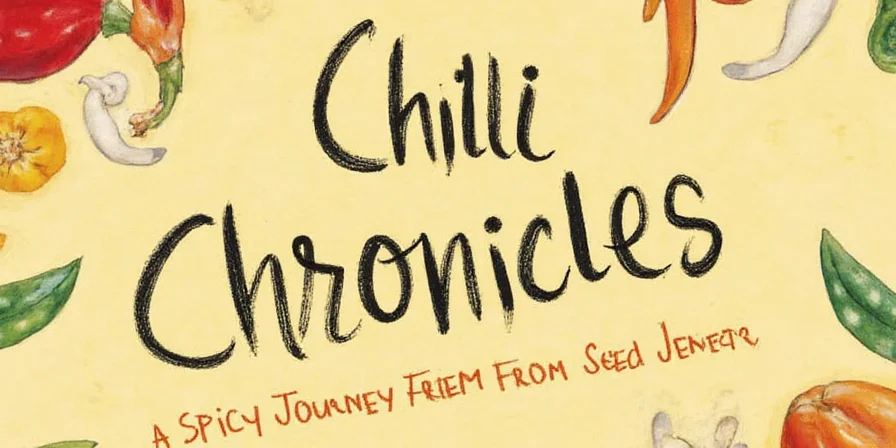

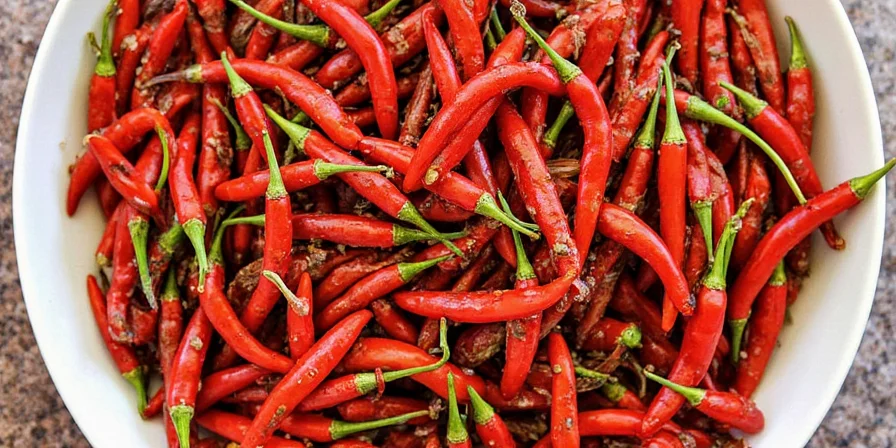









 浙公网安备
33010002000092号
浙公网安备
33010002000092号 浙B2-20120091-4
浙B2-20120091-4